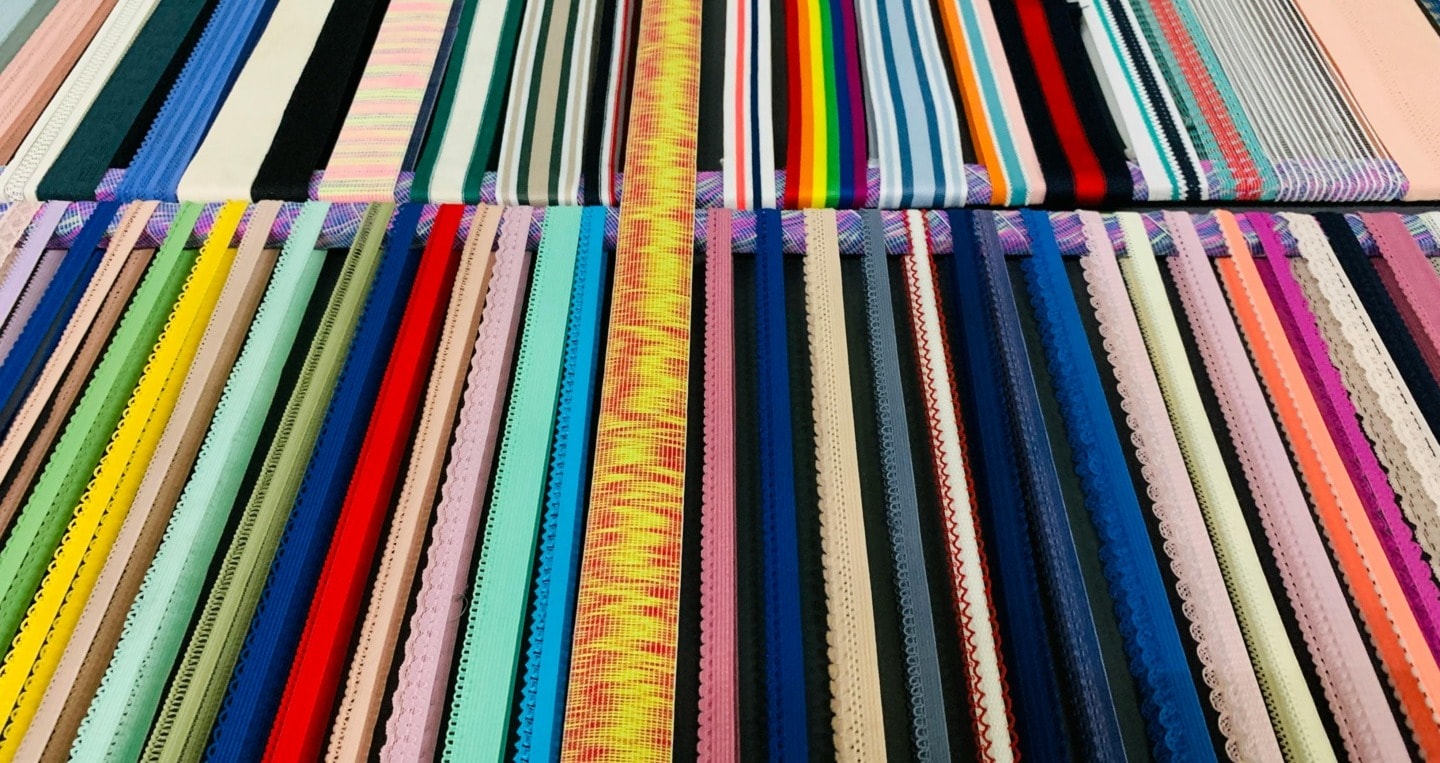When one thinks about the driving forces behind climate change, the consumption of fossil fuels immediately comes to mind. However, one driver of climate change that often goes unnoticed is the fashion industry, which accounts for 10% of all global greenhouse emissions. This is largely due to the vast amounts of energy that is expended throughout the manufacturing process of clothing. Synthetics, used in 65% of all fabric production, are made from oil in a process that releases large amounts of carbon dioxide into the air. Furthermore, the delivery and packaging of clothing adds to the amount of pollution that is the direct bi-product of clothing manufacturing.
Although a lot of pollution comes from the manufacturing of fashion goods, a staggering amount of pollution is generated later-on. According to the EPA, only 14.2 percent of textiles in clothing and footwear were recycled in 2015. The remainder of disposed textiles end up either in landfills or incinerated, adding to the cumulative pollution produced throughout the lifespan of the goods.
Of all of the various ways in which textiles are disposed, incineration is the absolute worst: burning clothes releases more carbon dioxide than burning coal and twice more than burning natural gas.
Consumers are not the only party guilty of incinerating clothing products—renowned fashion brands and clothing manufacturers annually engage in the incineration of their unsold inventory in order to maintain the scarcity and exclusivity of their brand. Back in September, 2018, the Wall Street Journal published an article about luxury fashion brand Burberry and their incineration of £28.6 million in inventory. Since then—although Burberry has stopped burning goods under a barrage public scrutiny, the issue remains widespread throughout the fashion industry.
On this edition of Deal of the Week, Impakter examines several startups that are attempting to change the fashion industry for the better and have come up with innovative solutions to reduce the pollution produced at the hands of the fashion industry.

The most obvious solution to prevent the incineration of unsold goods, is to…sell them. Partnered with over a hundred fashion brands, Otrium aims to be the world’s leading online outlet store that provides manufacturers with a secondary market in order to sell their clothing. The solution is a successful one, as it provides an alternative to brands having to push excess inventory at large discounts and higher operational costs themselves. Instead, by allowing their clothing to be sold on Otrium’s platform, where they can maintain control of their sales, the fashion brands are able to have a higher margin for their goods, thus providing incentive for clothing manufactures to give their unsold goods a second chance.
RELATED ARTICLES – MORE DEALS OF THE WEEK!
 Deal of the Week: Sustainable Cargo Shipping Solutions
Deal of the Week: Sustainable Cargo Shipping Solutions
 Deal of the Week: The Uphill Battle for Better Air Quality
Deal of the Week: The Uphill Battle for Better Air Quality
![]() Deal of the Week: Mira Therapeutics, A Tech Solution for PTSD
Deal of the Week: Mira Therapeutics, A Tech Solution for PTSD

While the traditional way of recycling clothing consists of shredding fabrics into low-grade materials to be used in furniture and insulation, this Los Angeles-based startup re-purposes used and worn-out clothing in order to conjure freshly designed clothing that will see another lifetime of wear. Atelier & Repairs collects used military clothing and turns it into apparel that is guaranteed to be long-lasting. Each piece of clothing is uniquely created from used garments and does not adhere to a specific style—its design is dictated by what is on-hand and enables a flexible manufacturing process. The creation of such clothing products is completely environmentally friendly, as it consists of zero production and entirely of the transformation of existing materials.

Another, increasingly common, solution reduces the amount of clothing being disposed every year by manufacturing clothing to be more durable. Taylor Stitch is a San Francisco-based apparel manufacturing startup that aims to use organic materials in its clothing and make the manufacturing eco-friendlier. Organic cotton is not produced with the help of harmful metals and chemicals. Additionally, the collection of organic cotton is done manually, thus reducing the use of machines in the manufacturing process and ensuring that the cotton fibers are not broken or diminished during the collection process.
As a result, clothing that consists of organic cotton has a much longer lifespan, therefore reducing the amount of clothing that people go through each year. With 95% of the cotton utilized by Taylor Stitch being organic, the startup’s apparel is extremely sustainable as the durability of its goods is magnitudes greater than that of the commonly used, standard cotton.
Conclusion
All things considered, people vastly underappreciate the amount of pollution that is generated by the fashion industry. People will not attempt to address a threat that they do not perceive, and the fashion industry is a threat of massive significance—too important to go under the radar. It is crucial for the public to push solutions such as these in order to combat climate change before it is too late.
In the cover photo: A pile of clothes. Photo Credit: Unsplash.
EDITOR’S NOTE: The opinions expressed here by Impakter.com columnists are their own, not those of Impakter.com.














